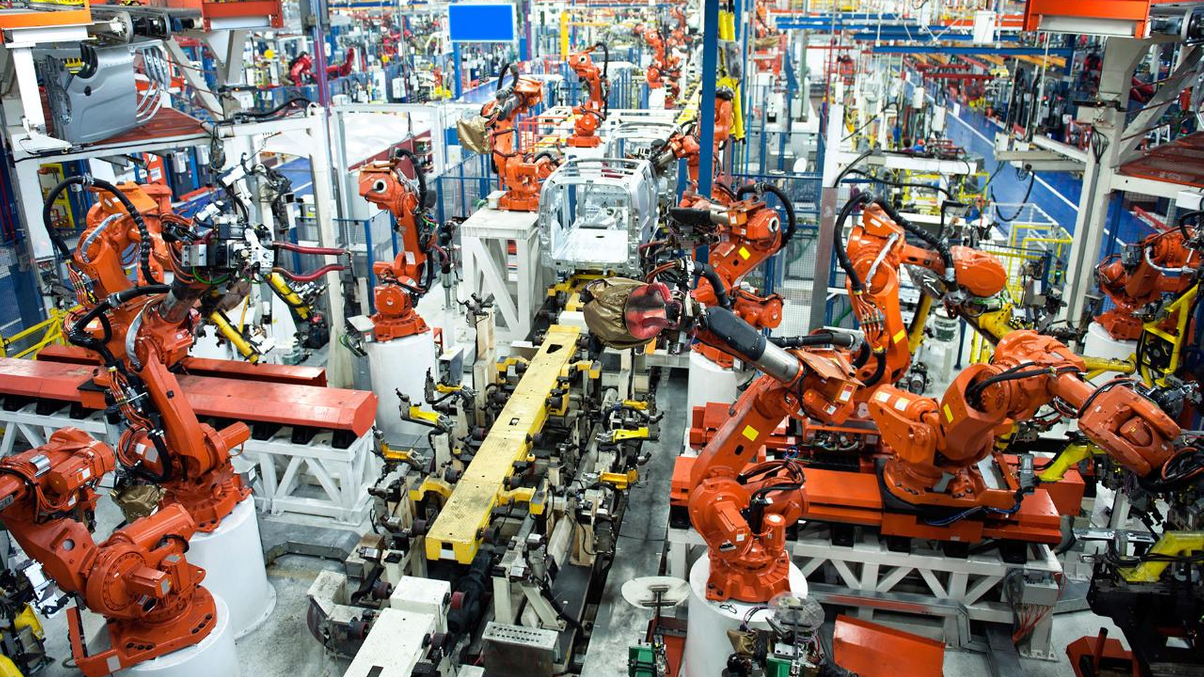APAC institutions eye industrial, logistics real estate
Sovereign wealth funds, pension funds and insurers are reallocating property portfolios to tap opportunities across the region as e-commerce, automation and relocation of manufacturing drive growth.

Institutional investors in Asia-Pacific are showing increased interest in industrial and logistics real estate in the region as the market segment matures, according to industry professionals.
Sign in to read on!
Registered users get 2 free articles in 30 days.
Subscribers have full unlimited access to AsianInvestor
Not signed up? New users get 2 free articles per month, plus a 7-day unlimited free trial.
¬ Haymarket Media Limited. All rights reserved.


